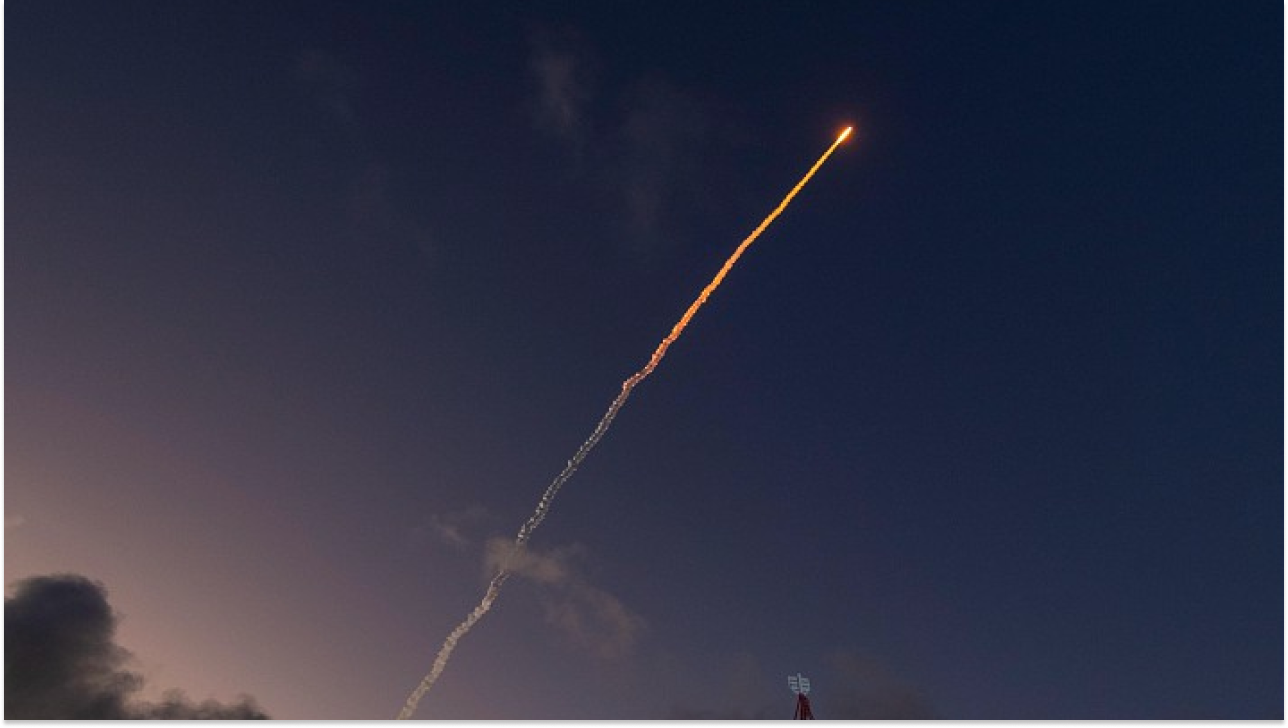A Flight Path for Each Mission
06.12.2023

At ArianeGroup, different teams work together to define the fight paths for Ariane in line with the customer’s specifications and the launcher’s qualified flight envelope. The flight path covers all the propulsion and orbital phases of the launch system, until it reaches the target orbit where it delivers the payload. Stéphane Leboucher has been striking this tricky balance for 35 years. With his team, he is responsible for adjusting the flight programme details to the mission, and for managing the launcher all the way to its final destination.
All these missions therefore aim for a final orbit, which depends on the type of payload the launcher is carrying (telecommunications, observation, science, exploration, etc.). From lift-off on the launch pad at Europe’s Spaceport in Kourou, French Guiana, to the separation of each stage, and on to delivery of the satellite to its destination orbit, the flight path comprises all the phases the launcher will go through. This trajectory is included in the flight programme, which oversees the launcher’s management as well as its guidance, navigation and control (GNC) operations.
Right from the design phase, Ariane launchers are qualified to reach a defined type of orbit with the maximum probability of success. This orbit type can then be extended for a specific customer thanks to the launcher’s proven performance. Although the first requirement is actually getting off the ground and travelling through the atmosphere, the weight and the purpose of the payload’s mission (its orbit) are also of major importance in calculating the flight path.
“The perfect flight path is the one that gets the payload to its target orbit.” “The goal is to meet the customer’s requirements, based on our launcher’s capabilities.”
These two factors dictate the parameters that determine the flight path. The launcher’s main functions, including engine ignition, shutdown and stage separation, as well as valve opening to control the launcher’s thrust and attitude, are governed by a set of invariable algorithms to which ArianeGroup’s teams add specific data based on the payload’s mission. This is called ‘missionising’ the flight programme. This activity takes between four and nine months depending on the complexity of the mission and the additional qualifications needed to demonstrate the launcher’s ability to complete it.
“Ariane 6 will be even better than Ariane 5 in terms of maximising the different types of orbits it can reach and the payloads it can carry.”
On the last Ariane 5 missions, in-flight accuracy was 10 times higher than theoretical accuracy. Injecting satellites just 5 km from their optimum orbit considerably reduces the thrust they require to correct their orbit. They therefore save on the vital propellant resources they need to operate throughout the lifetime of their mission. NASA’s James Webb Space Telescope (JWST) is a great example. This precious telescope was so accurately positioned during its launch that it did not have to do the early orbit corrections initially planned just after it separated from the launcher on its way to its point of operation, Lagrange point L2, 1.5 million kilometres from Earth. Thanks to the success of the mission, JWST’s service life has in theory been doubled, which is great news for the scientists who have the opportunity to use the data it has already started gathering.
The possibility of igniting the Vinci cryogenic upper stage engine up to four times will create new flight path opportunities for Ariane 6. It will therefore be able to release payloads into different orbits, while limiting in-orbit debris by de-orbiting the upper stage and positioning it on a diving trajectory so that it disintegrates as it descends through the dense layers of the atmosphere. This function involves more complex flight path calculations, but the principles are the same.